Jouet is a collaborative photographic edition made with Nam Seungyeon, exploring the theme of youth through the lens of toys we don't play anymore. Our aim was to infuse these discarded playthings with a sense of reverence, elevating them to symbolic significance within the narrative of adulthood. Through photography, each image captures the essence of these once-beloved objects, now relegated to the sidelines of grown-up life.
The choice of printing on a subtly glossy, lightweight paper enhances the ethereal aspect of the images, inviting viewers to engage with the transformation of these toys into objects of contemplation.
Rather than traditional binding, the edition consists of loose pages with 23 photography printed in black and white encased in a transparent jacket, allowing for an interactive experience reminiscent of childhood. This intentional design invites users to engage with the images in a playful manner, rearranging them to create their own narrative or displaying them on a wall, reminiscent of the posters found in magazines during our youth. In this way, the edition itself becomes a toy, inviting tactile exploration and personal interpretation.
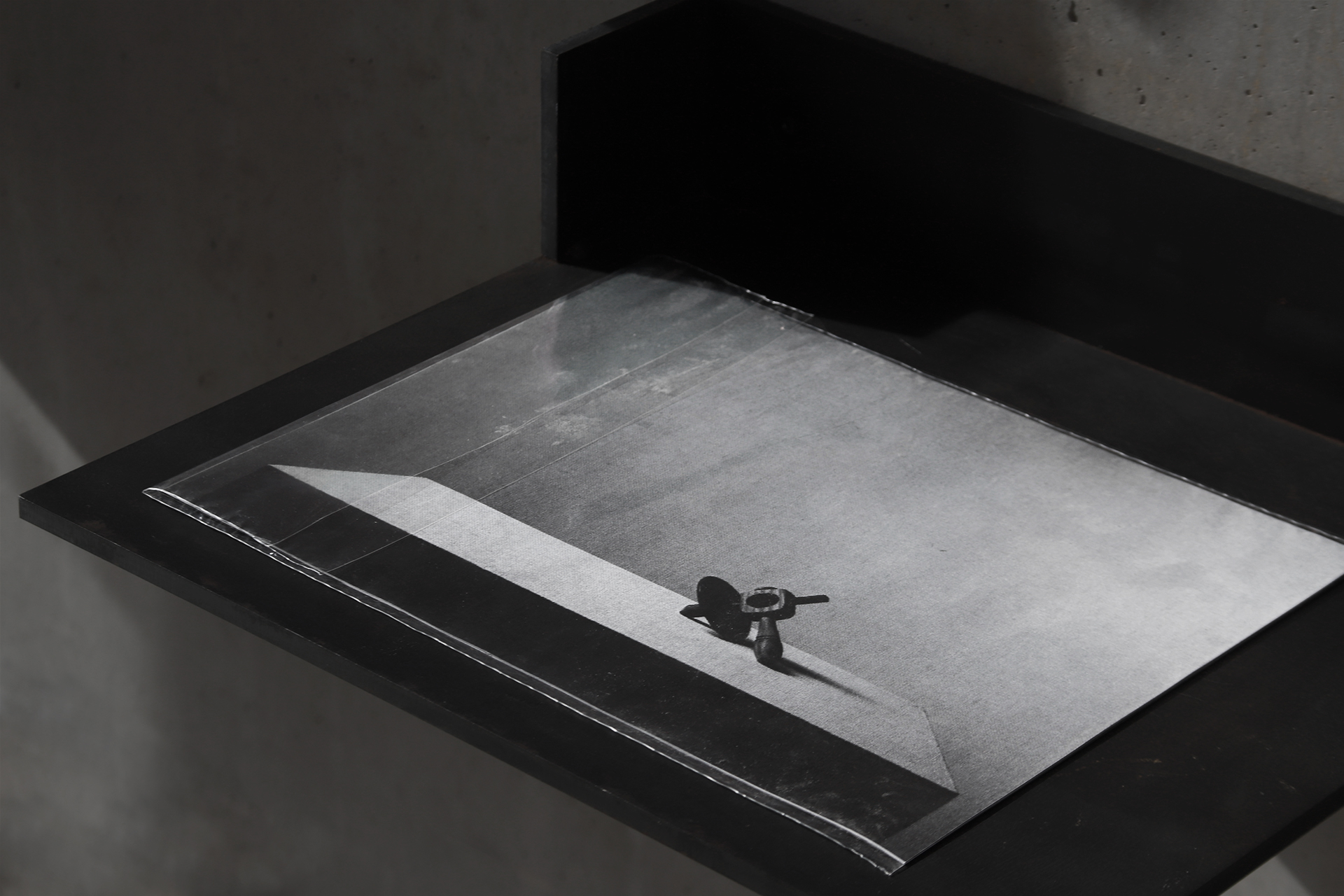
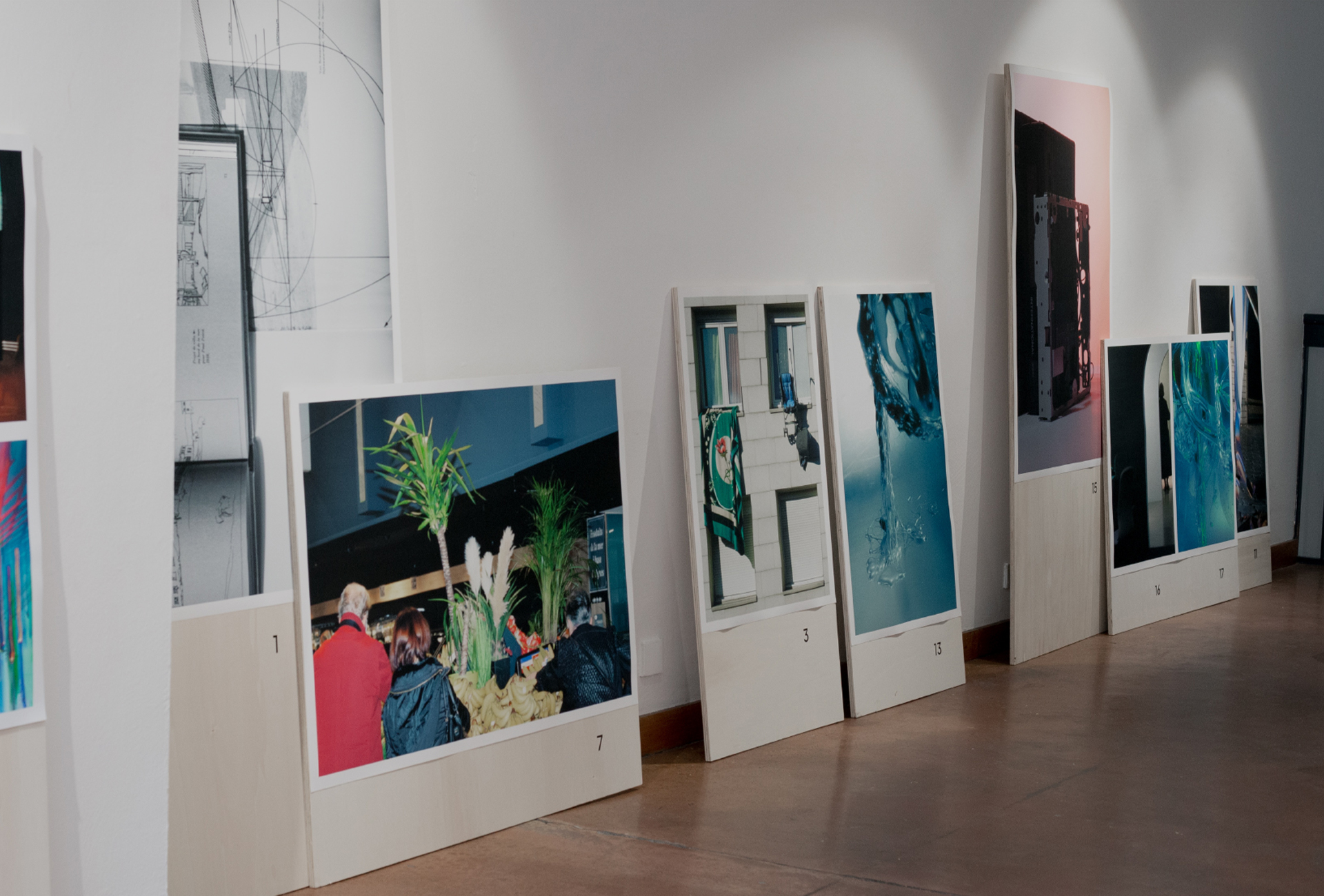




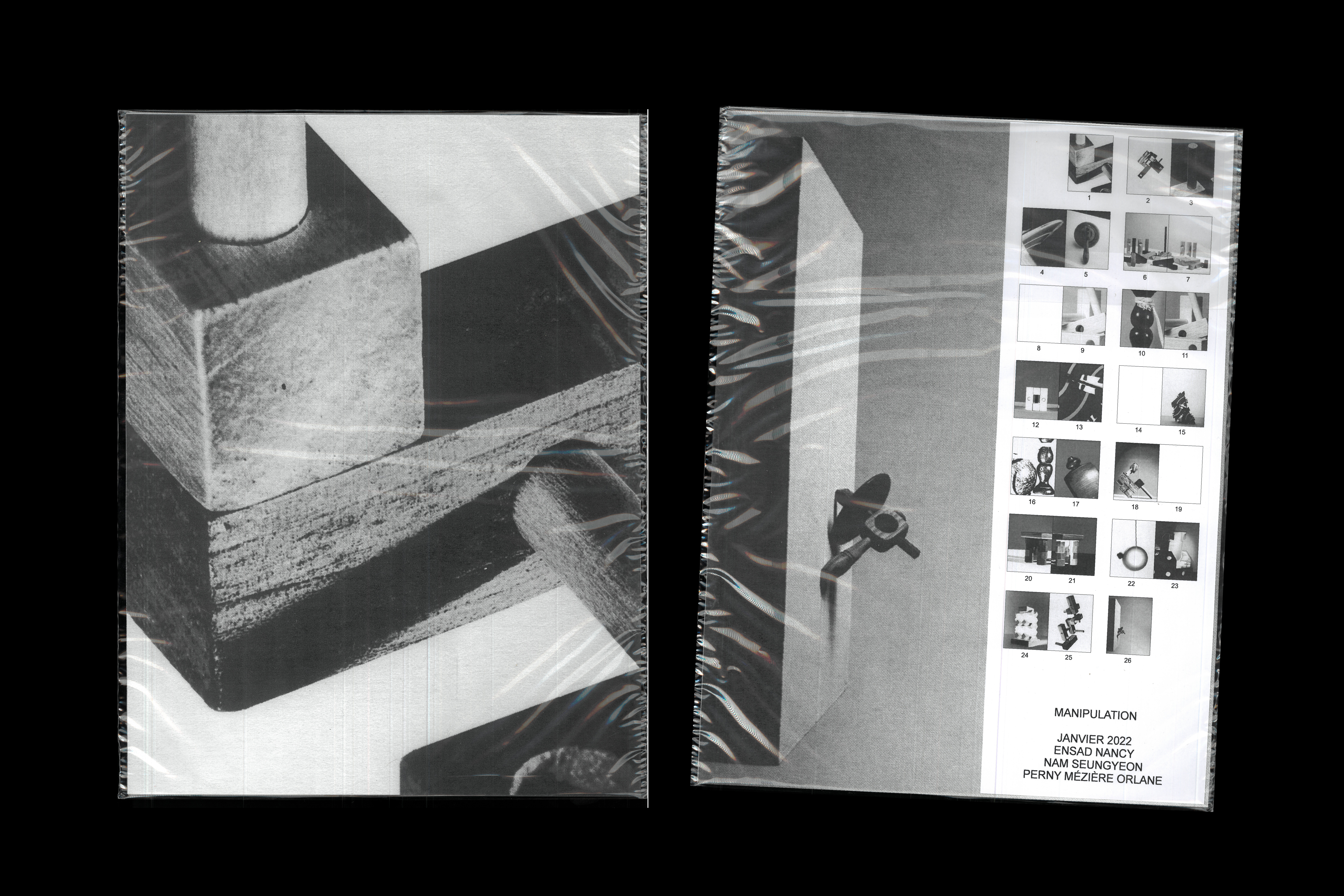

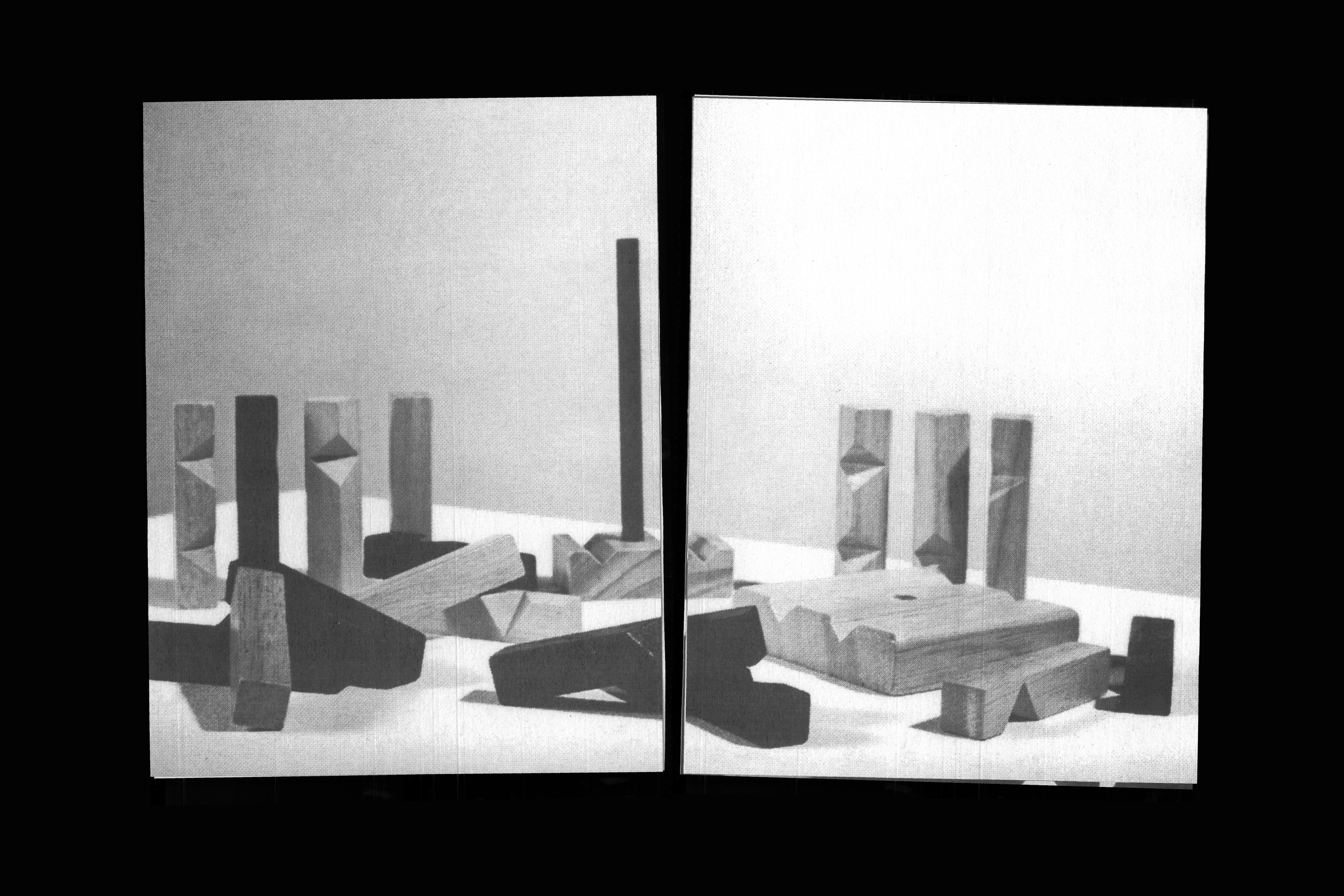


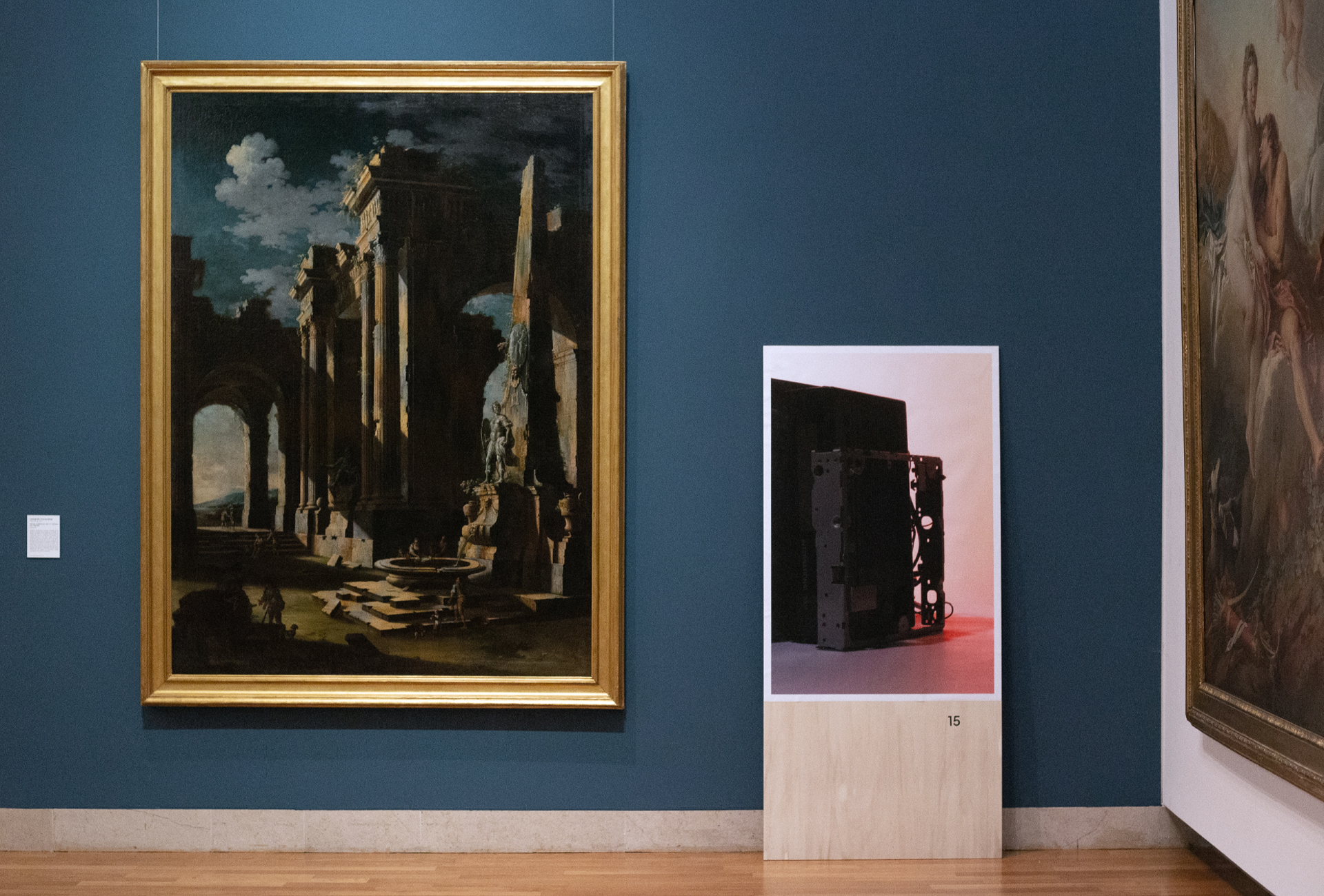
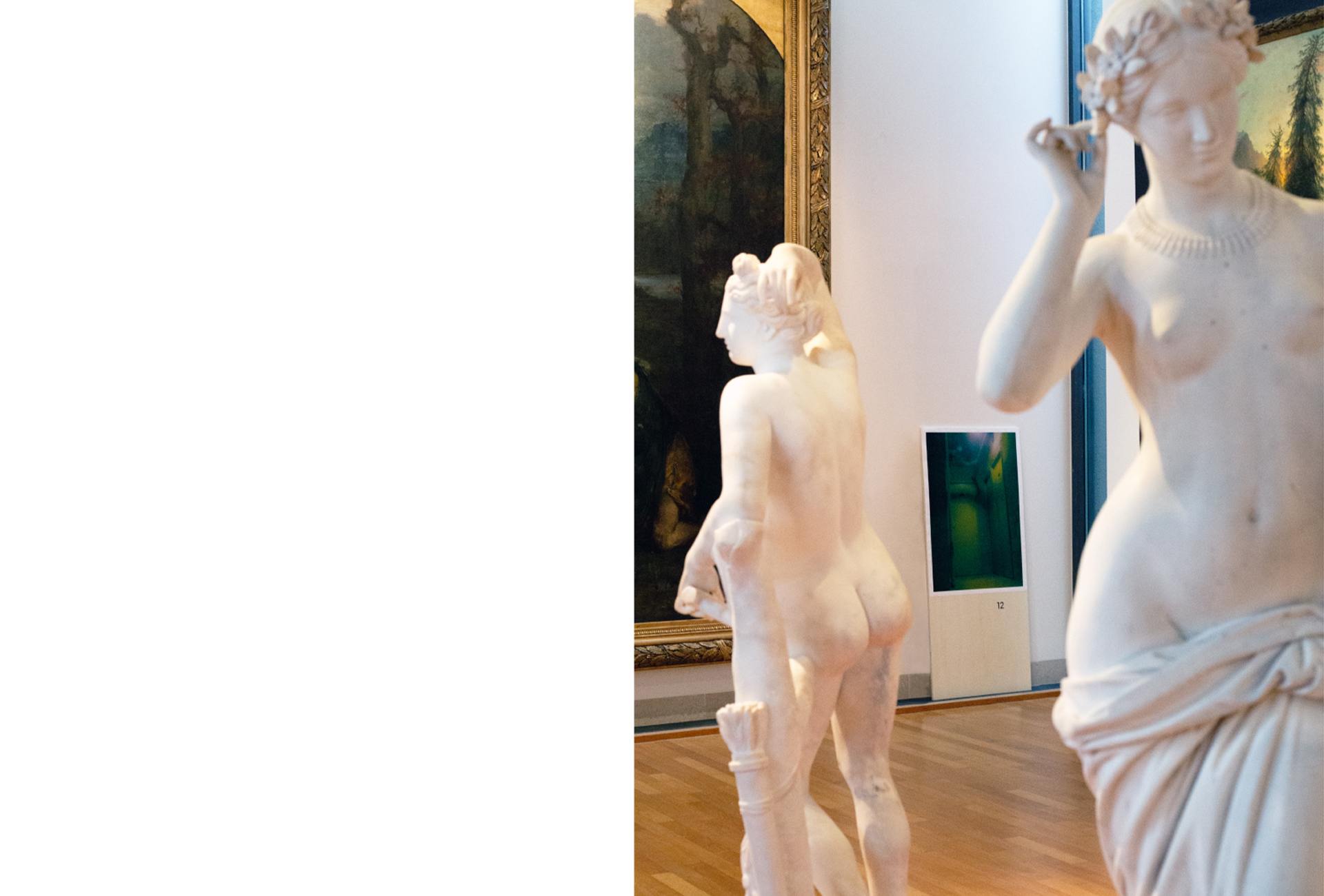



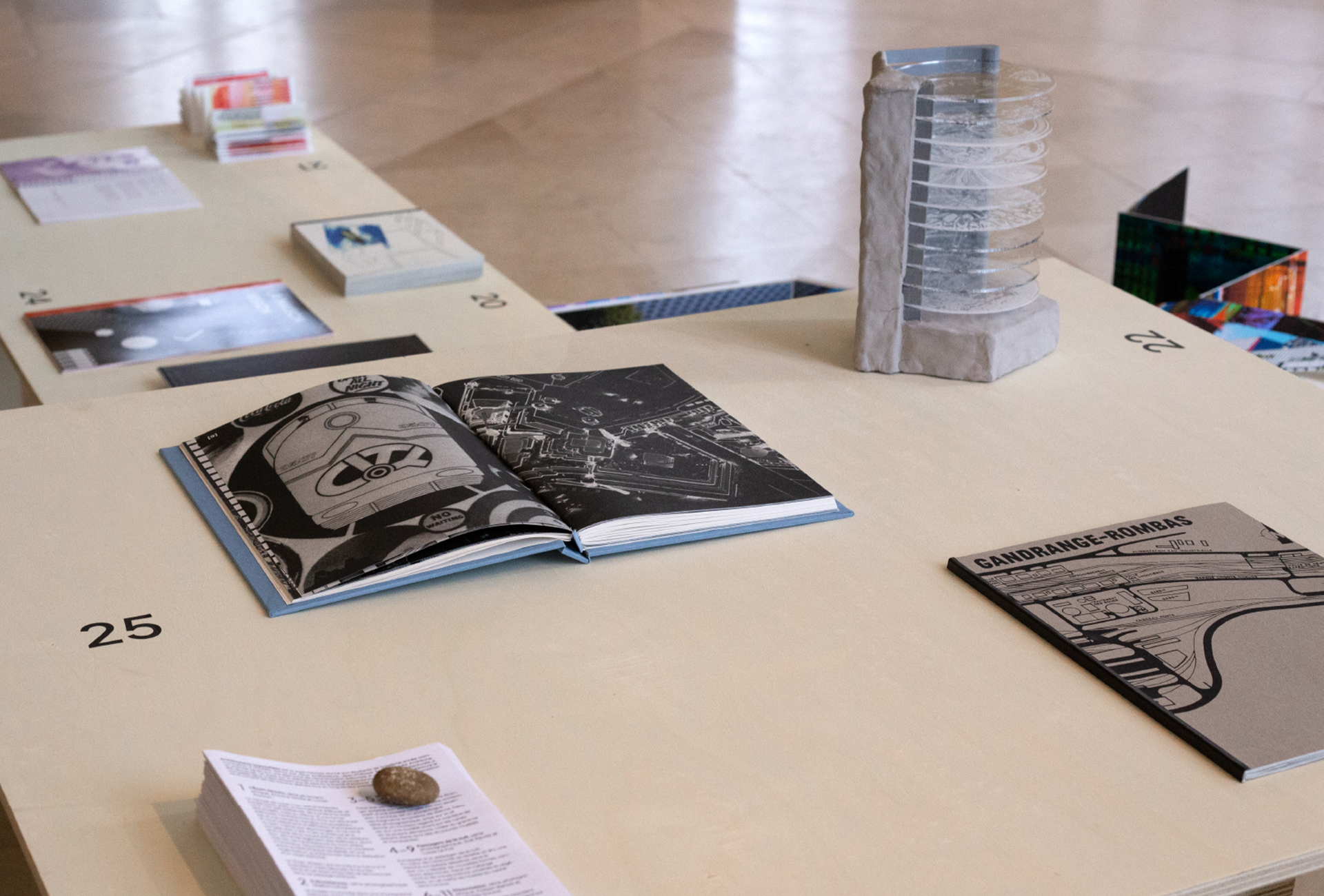
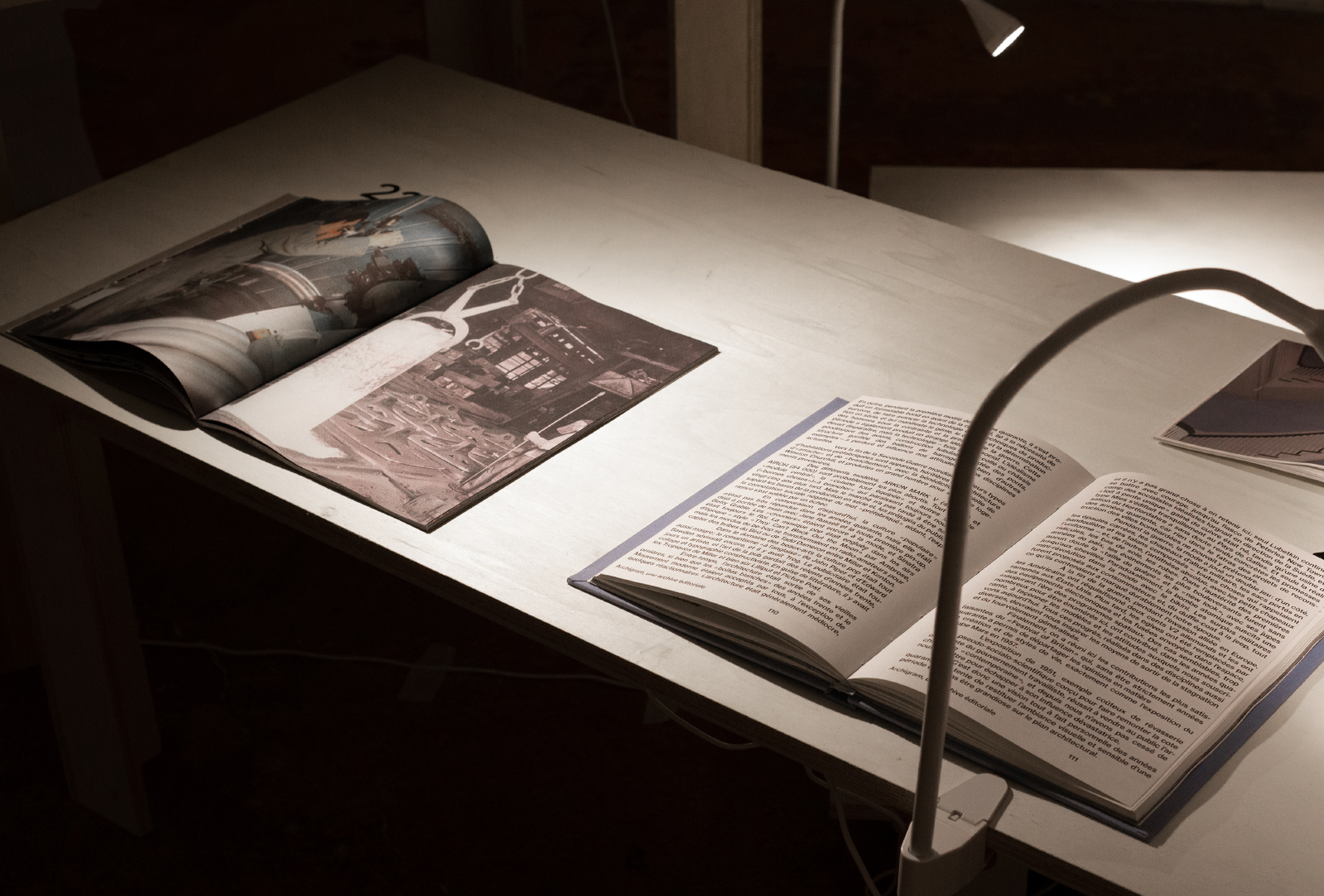



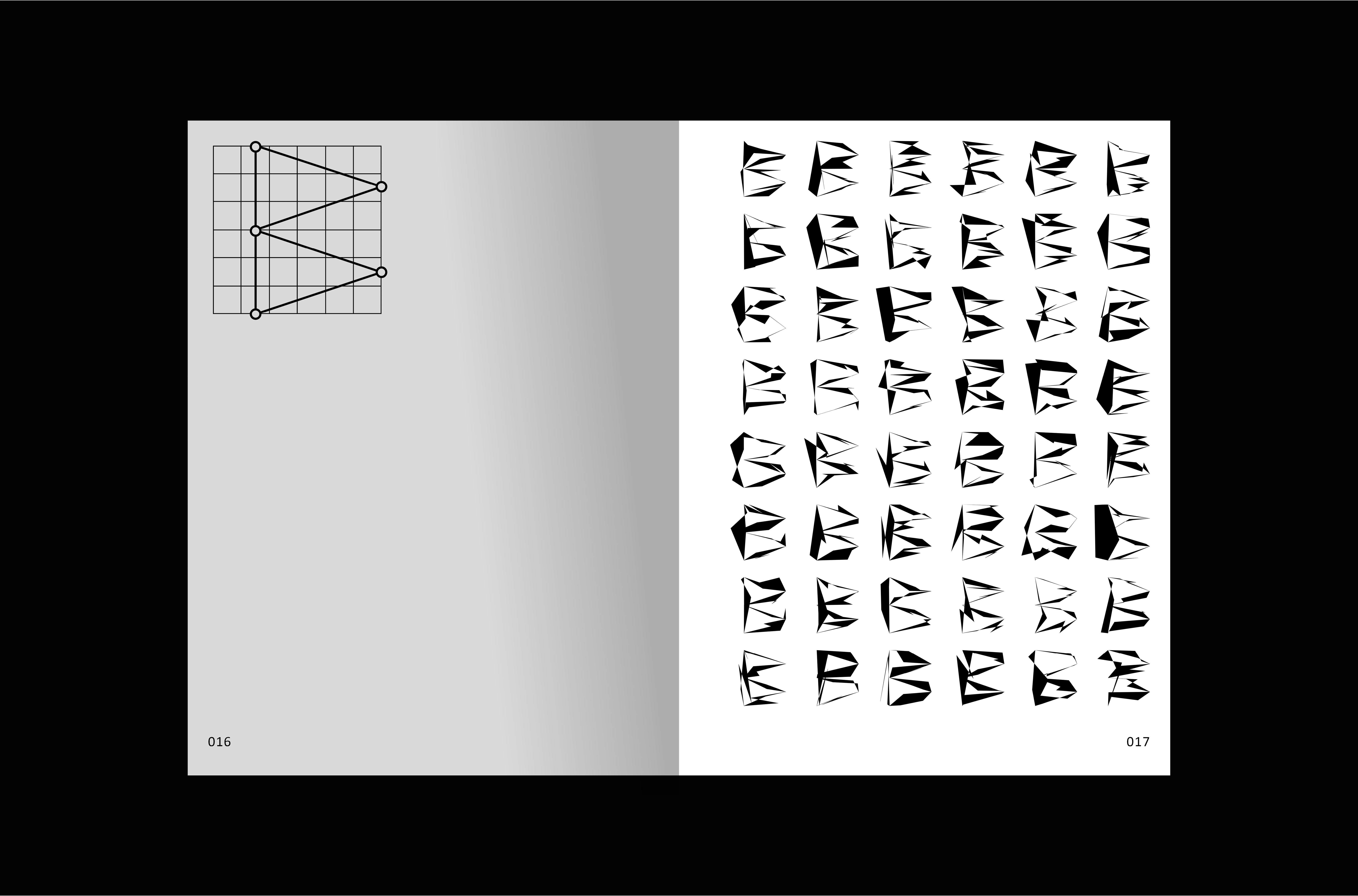



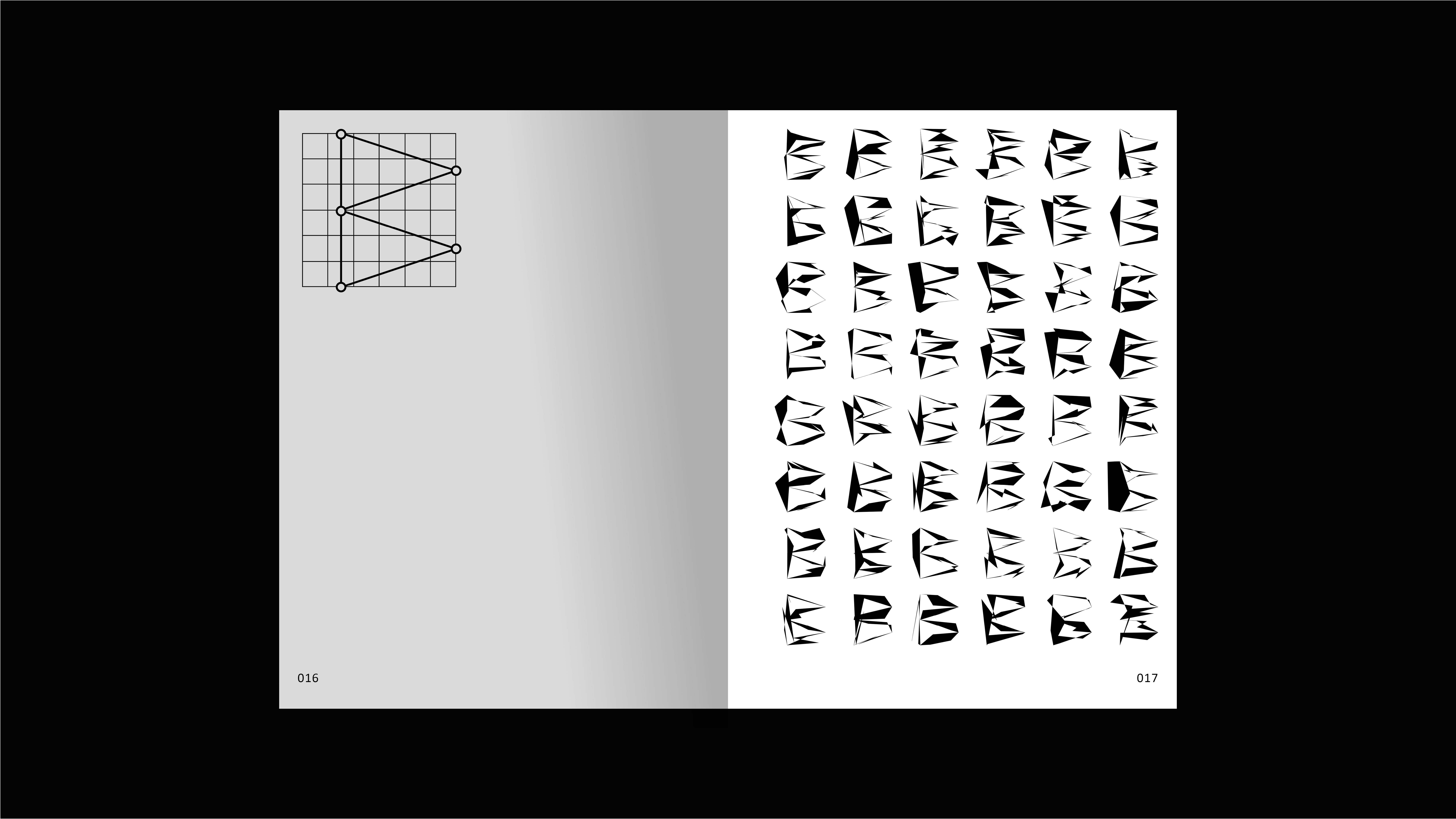
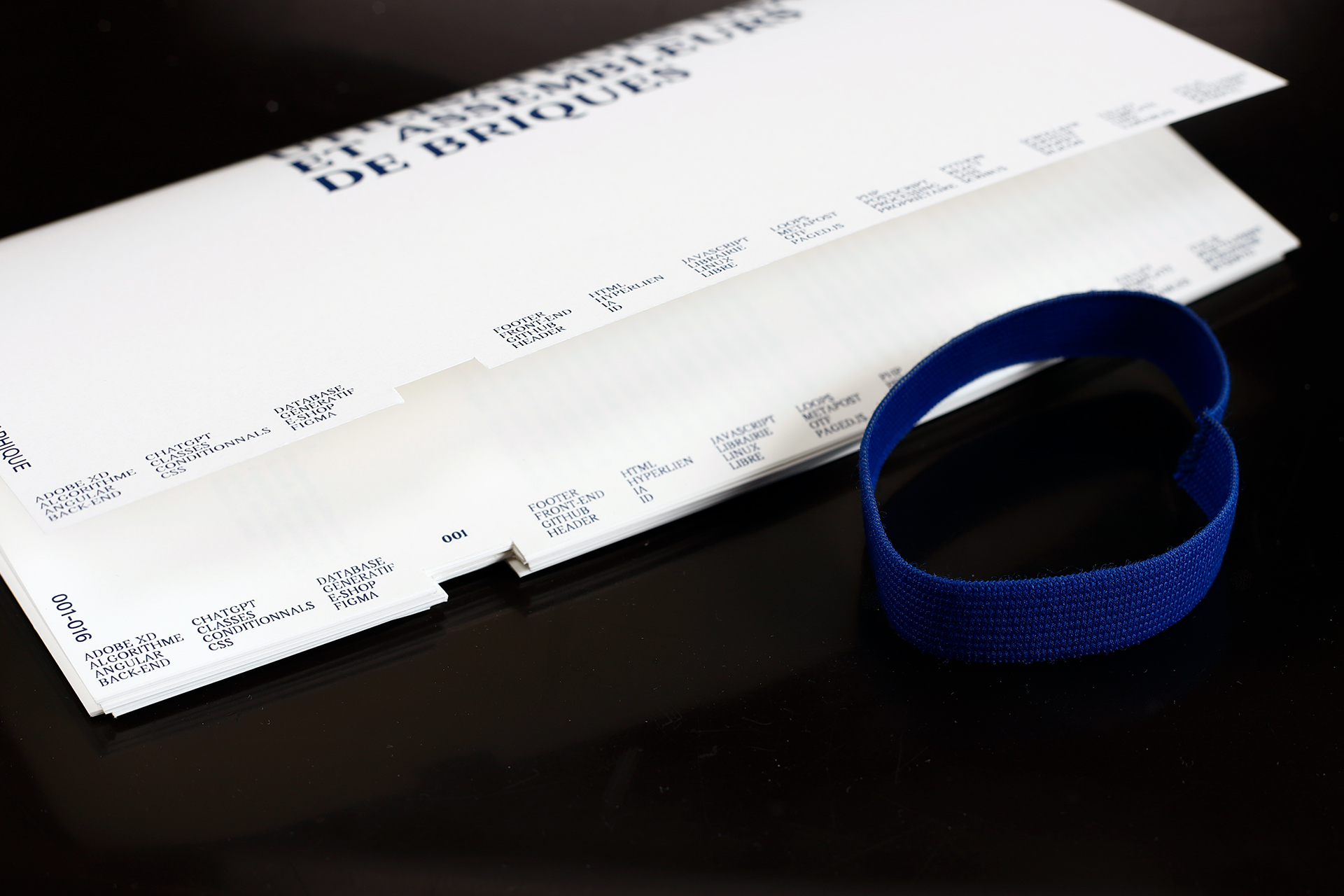
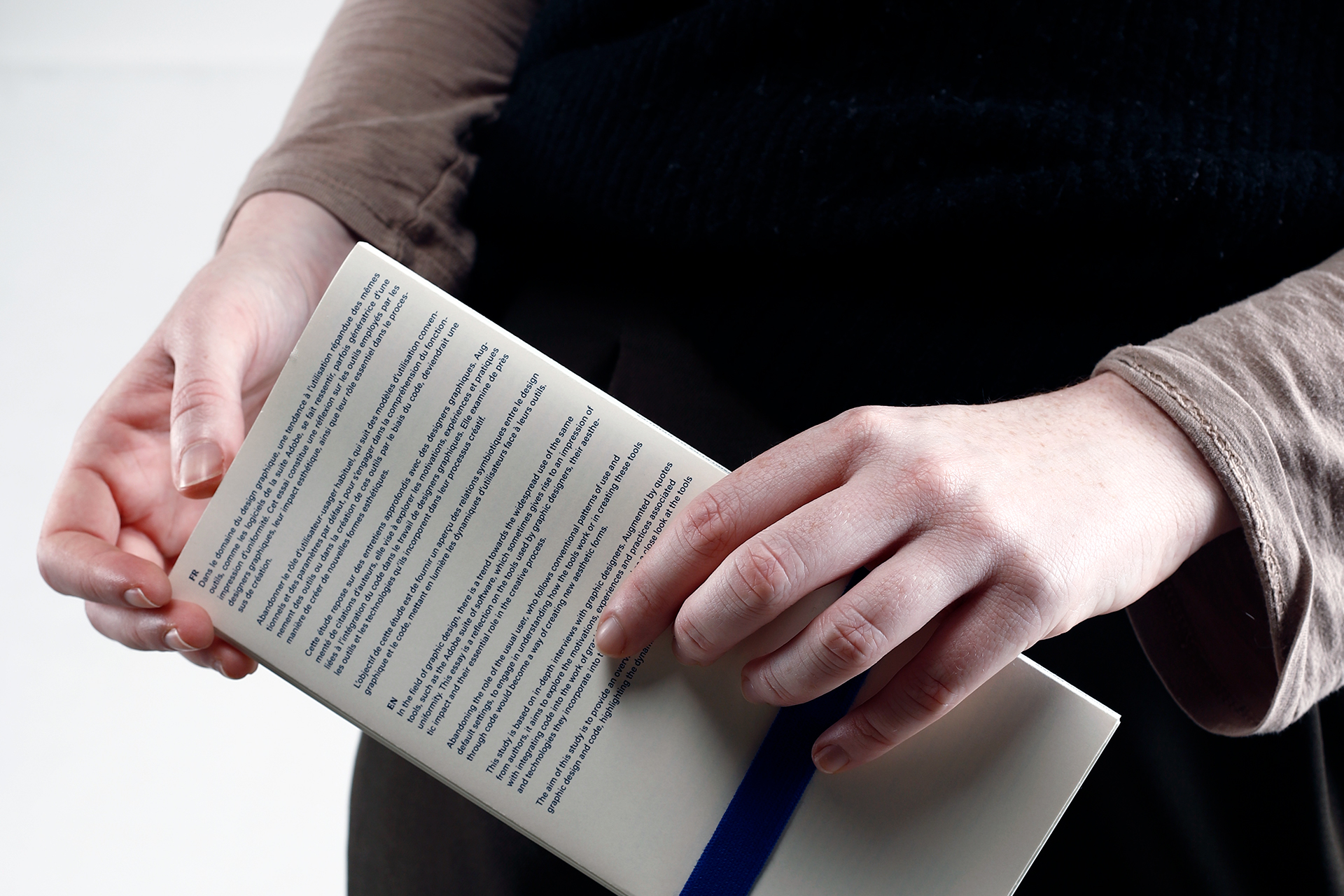

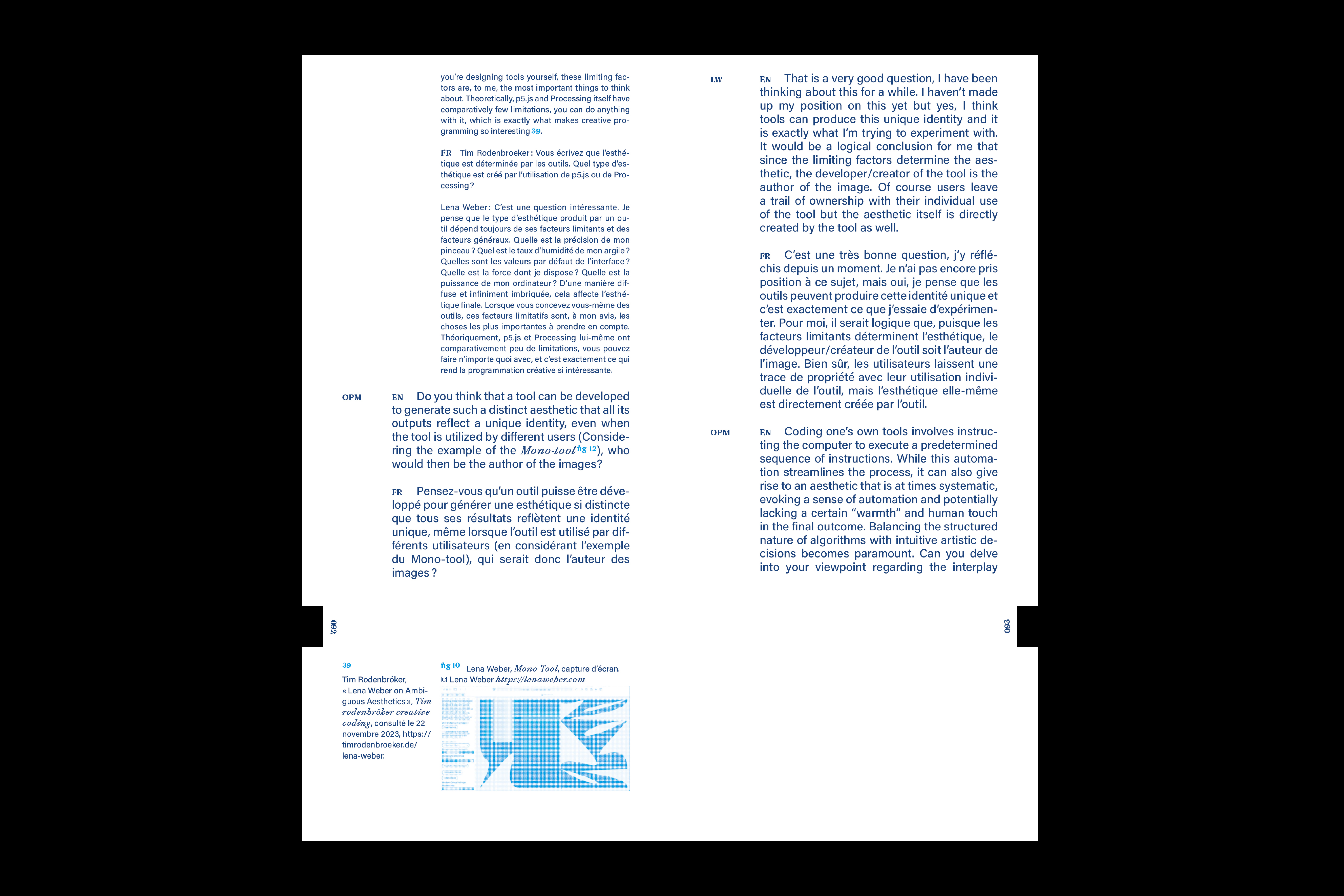

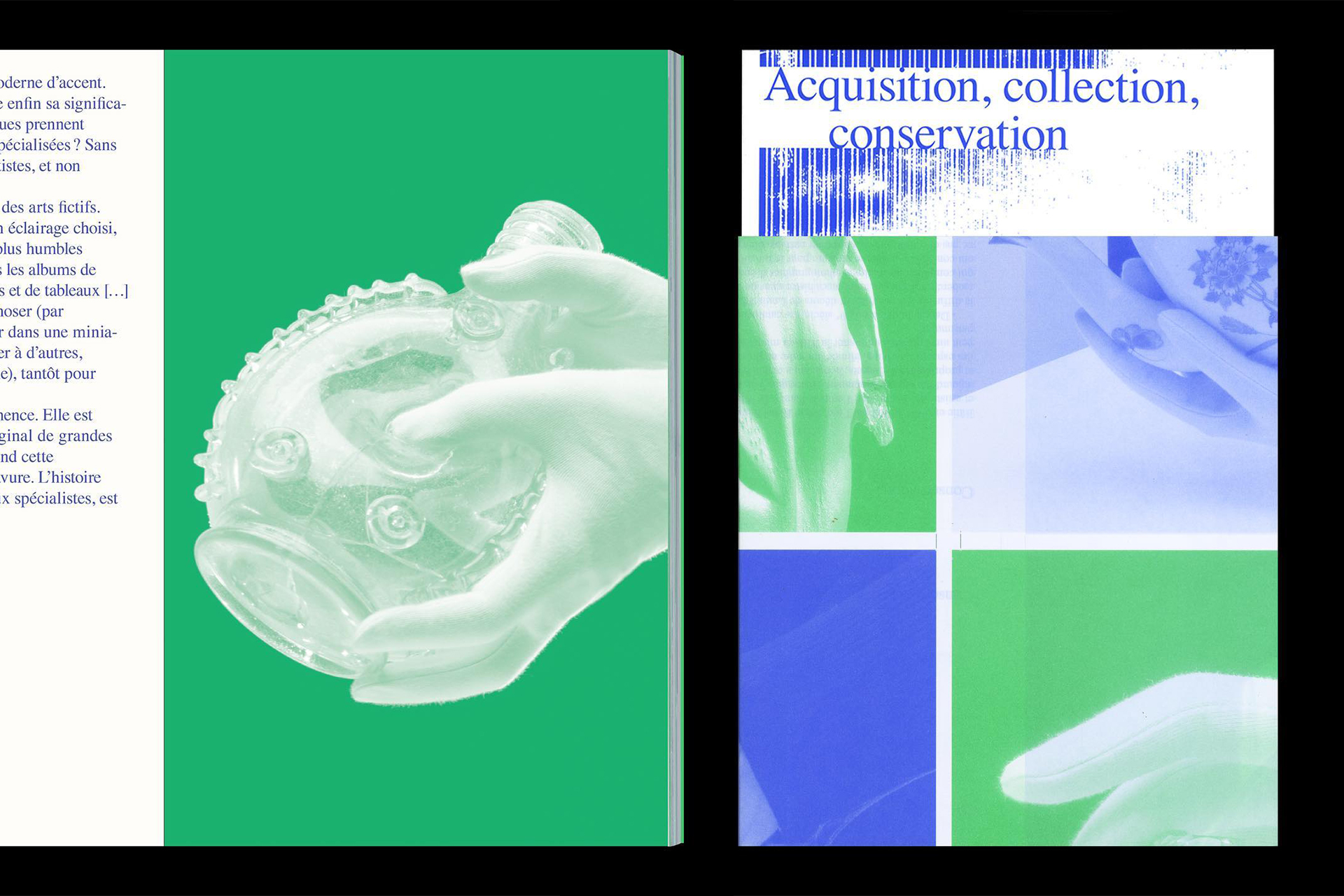

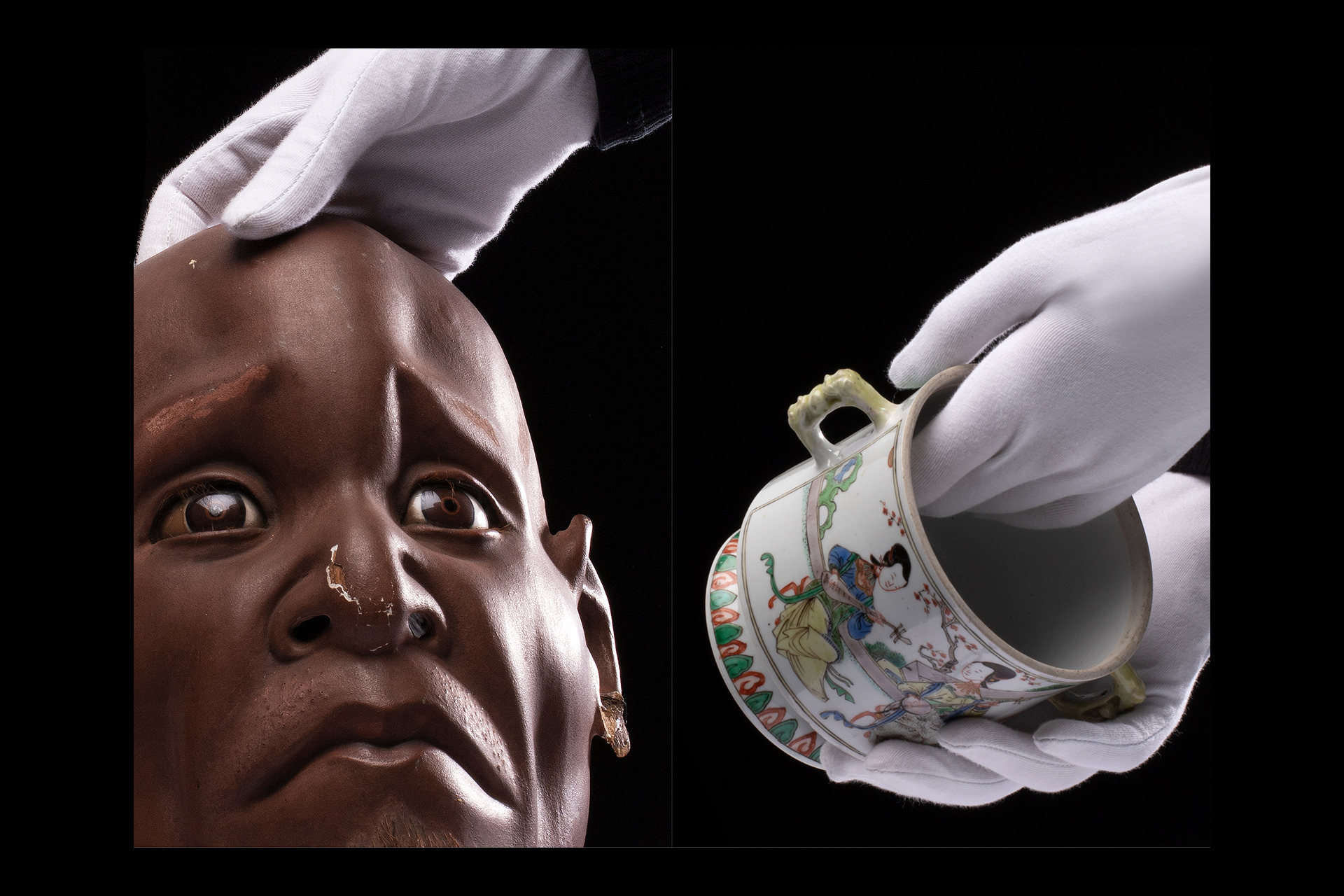
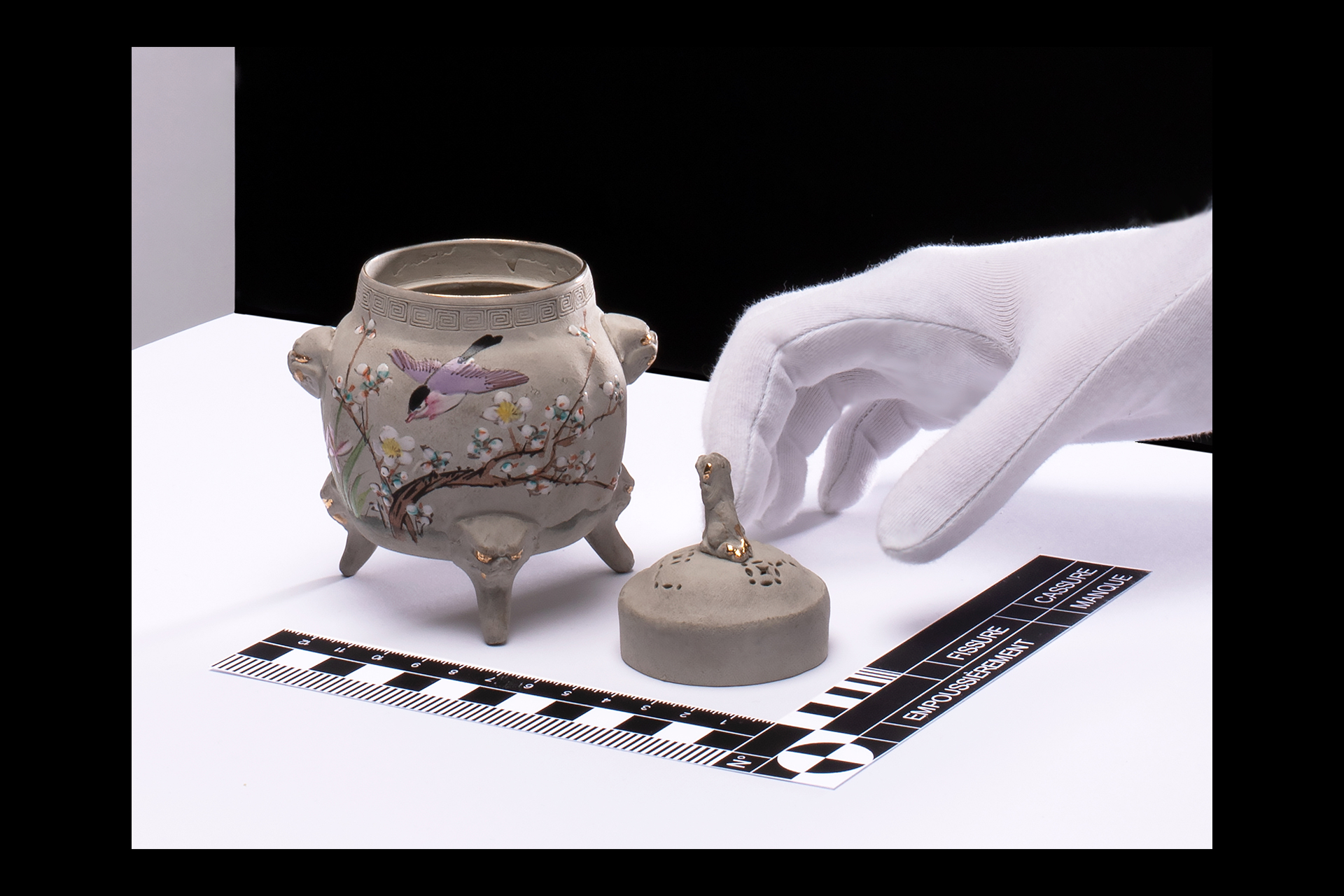
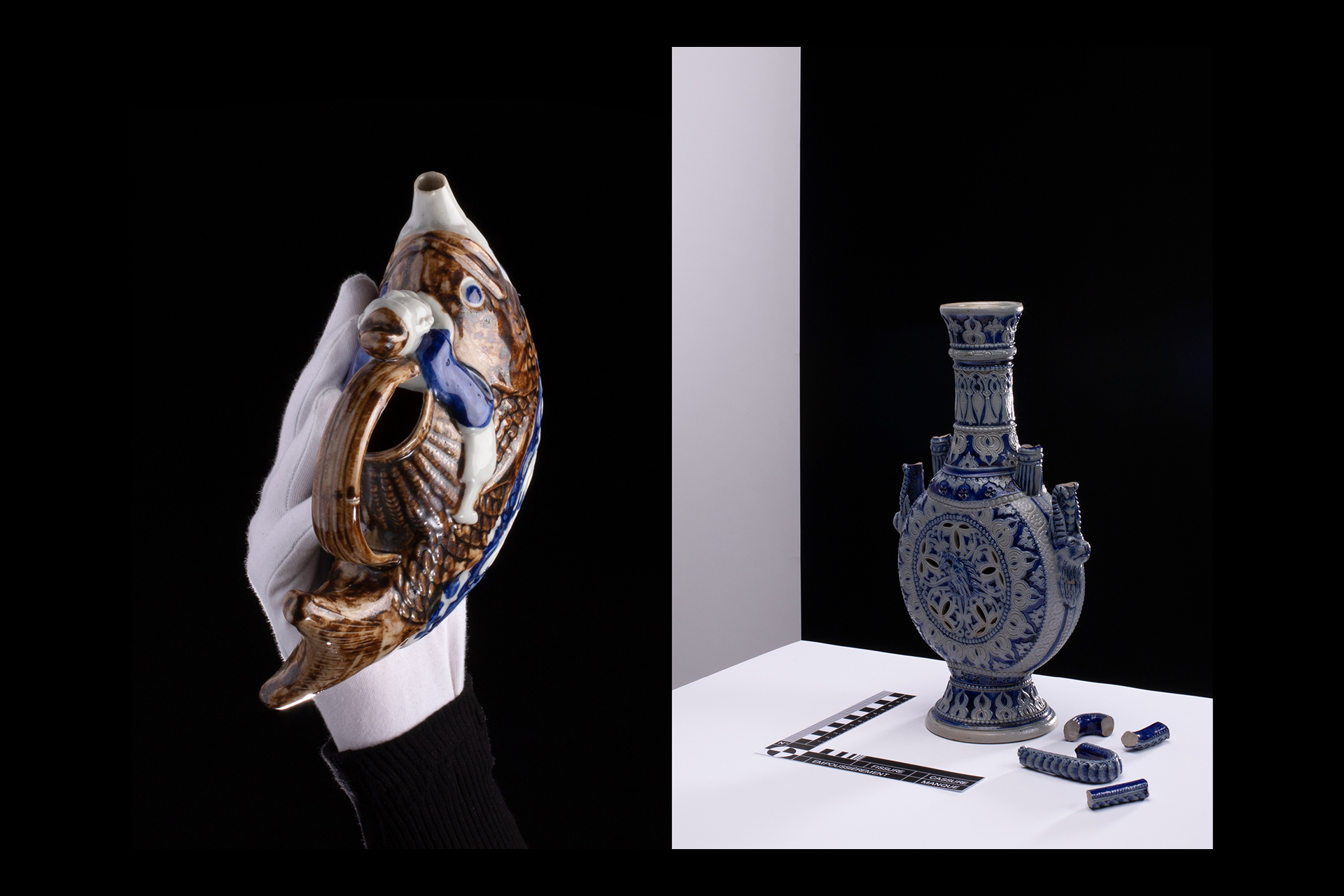
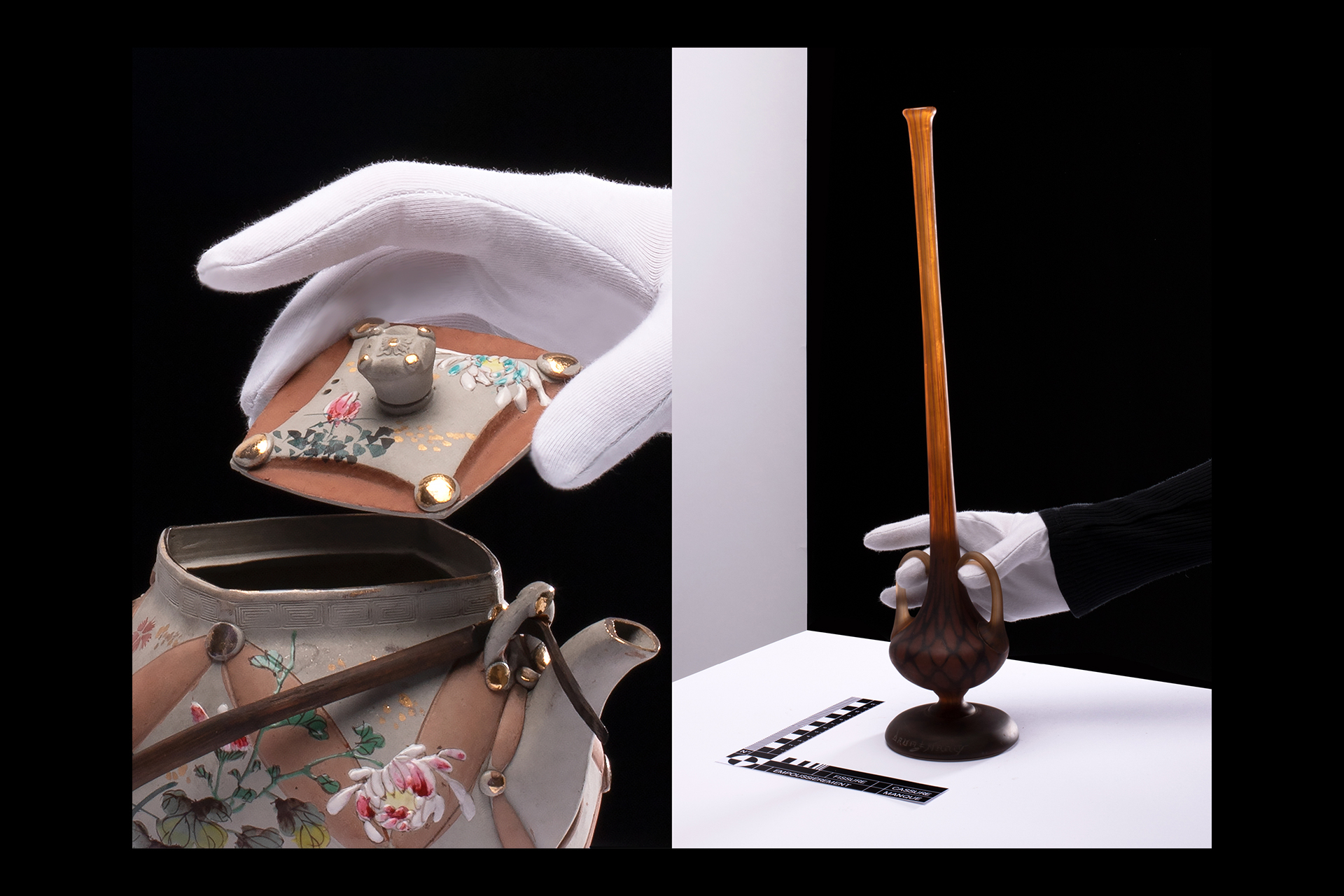
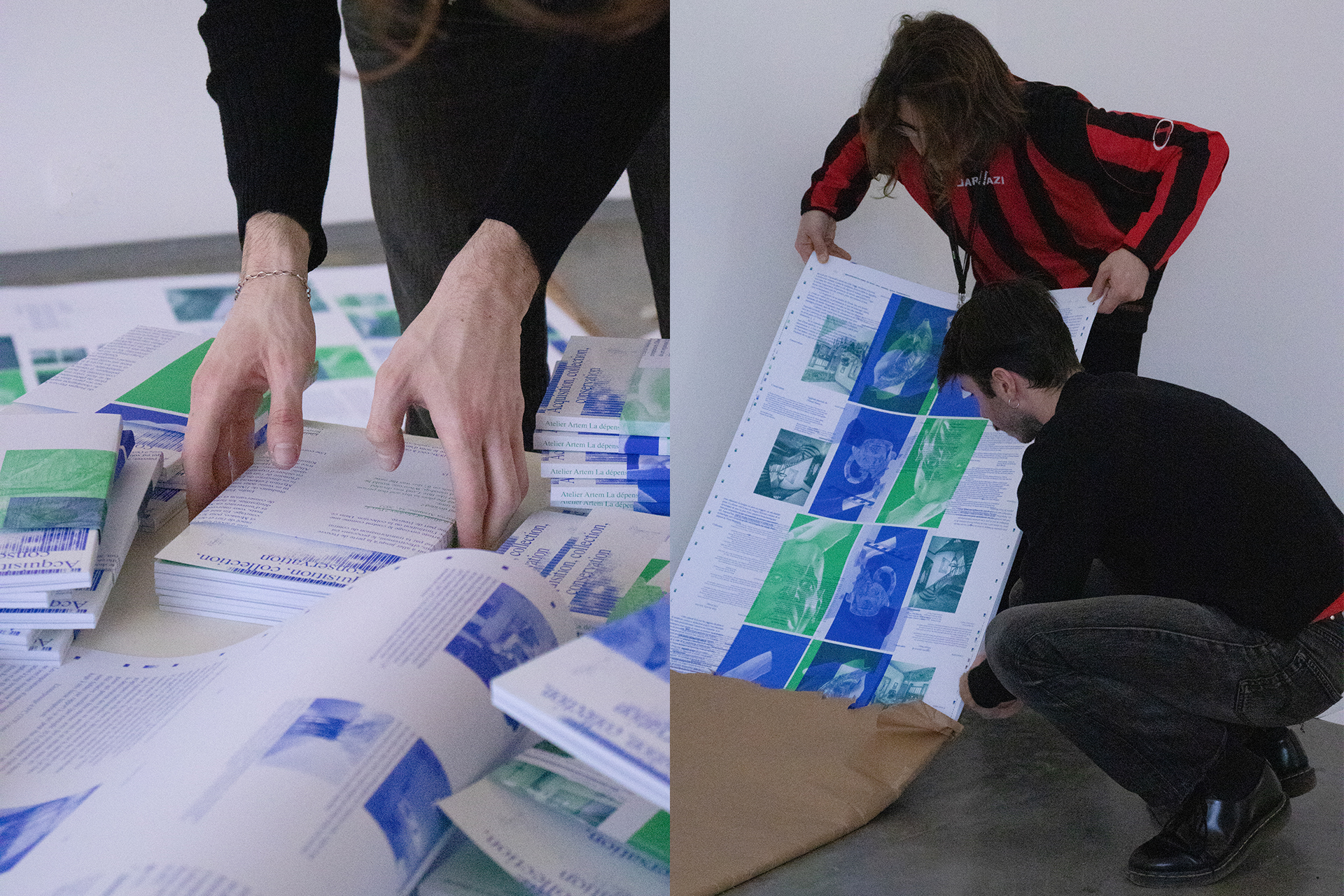


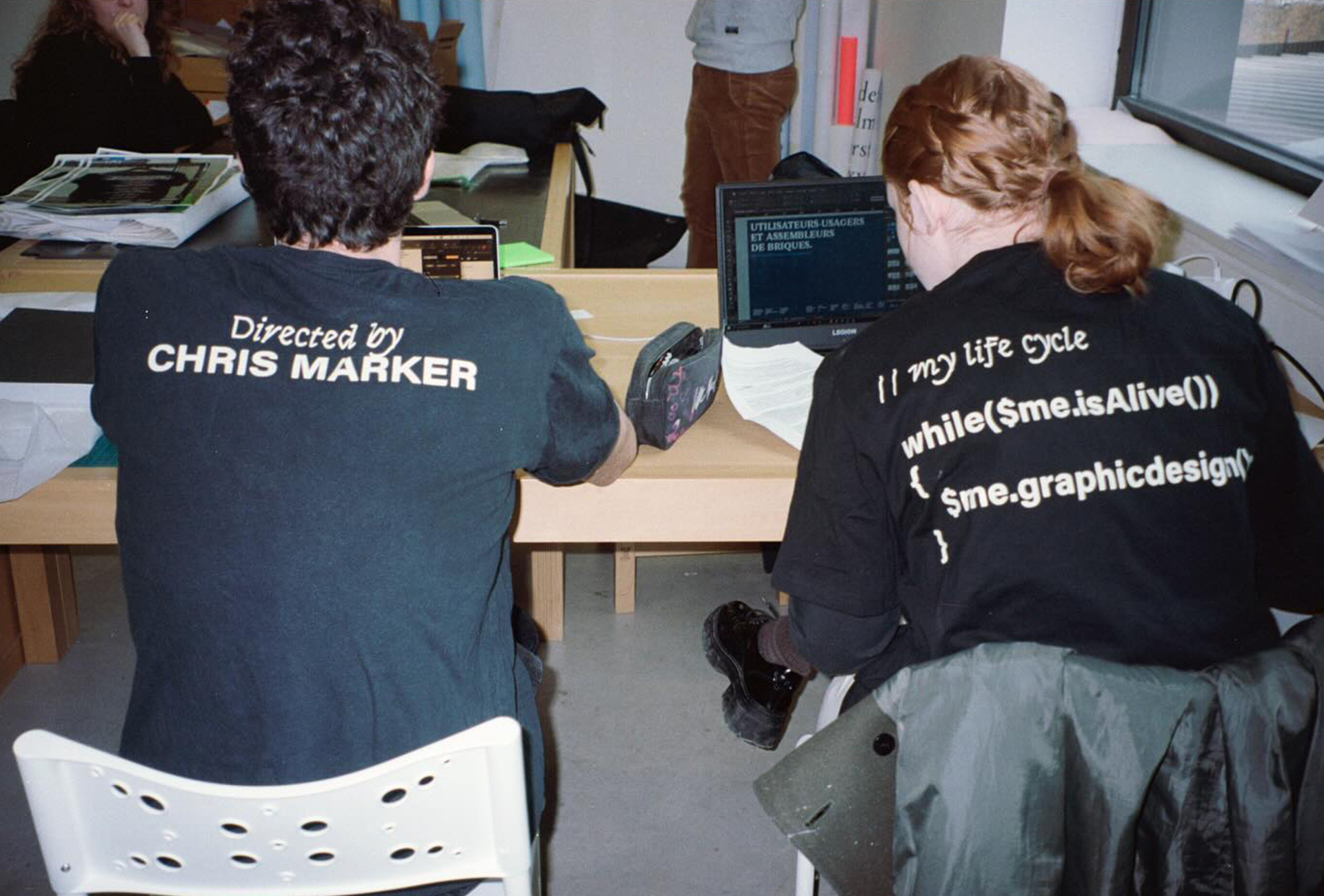

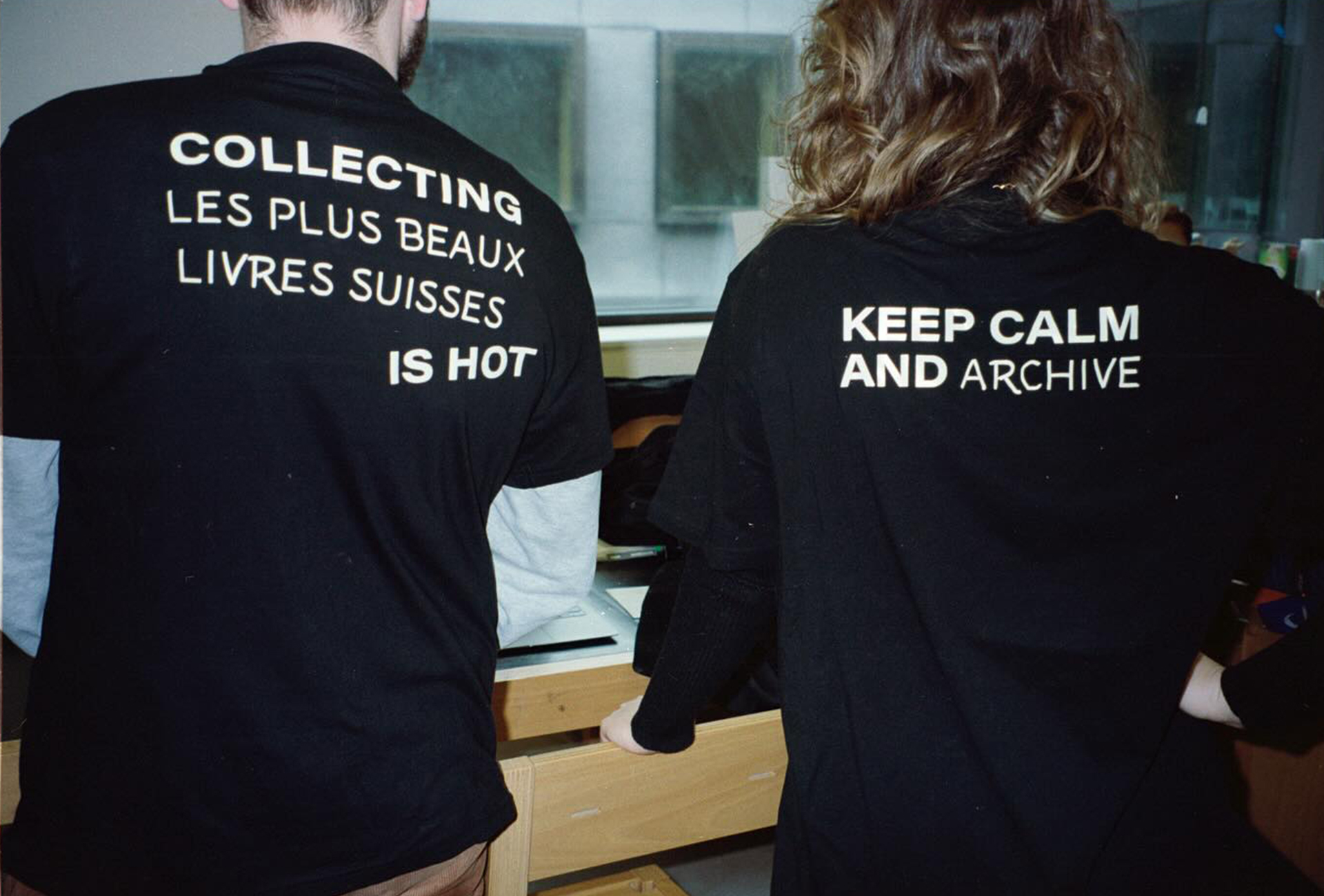
In 2022, the third-year communication students at ENSAD Nancy, under the initiative of Julia Andreone and Jean-Philippe Bretin, created a series of photographs and publications exploring the concept of impossible architectures. The exhibition's scenography, intended to be displayed both at the Musée des Beaux-Arts de Nancy (where it would be spread throughout the museum) and at Galerie Neuf, was directed by the fourth-year students (Maëva Calvet, Maëlle Cottet, Thomas Lefebvre, and myself).
The scenography needed to adapt to both Galerie Neuf, a relatively small space, and the Musée des Beaux-Arts, a larger venue already occupied by artworks. The challenge was to design a modular setup capable of integrating harmoniously into these two distinct environments and allowing for easy changes in the confrontations between images.
Lettrage Génératif is a lettering project that breaks away from traditional typographic design methods. Using JavaScript and the p5.js library, the project leverages the computational power of computers to generate letter shapes within a predefined framework. By arranging points randomly within a set area and connecting them, the program creates unique letterforms in a matter of seconds.
The resulting book serves as a visual showcase, displaying a curated selection of letters generated by the program. Each page presents a new interpretation of familiar characters, demonstrating the vast range of possibilities inherent in the generative process. The letters exhibit a dynamic interplay between randomness and structure, showcasing the creative potential of computational design.
This project is the master thesis of my last year at the ENSAD Nancy in 2024.
In the field of graphic design, there is a trend towards the widespread use of the same tools, such as software from the Adobe suite, which sometimes generates an impression of uniformity. This essay constitutes a reflection on the tools used by graphic designers, their aesthetic impact, as well as their essential role in the creative process.
Abandoning the habitual user role, which follows conventional usage patterns and default settings, to engage in understanding how tools work or creating those tools through code, would become a way of creating new aesthetic forms.
This study is based on in-depth interviews with graphic designers. Augmented with quotes from authors, it aims to explore the motivations, experiences and practices linked to the integration of code in the work of graphic designers. She takes a close look at the tools and technologies they incorporate into their creative process.
The objective of this study is to provide insight into the symbiotic relationships between graphic design and code, highlighting user dynamics in relation to their tools.
Each interview is presented in a separate booklet, with the final booklet including explanatory text and a glossary. The booklets are designed to be easily held in one hand and the index on the side of the pages makes it easy to reference glossary terms while reading.
In partnership with Maëlle Cottet and commissioned by the University Library of Nancy, our collaborative project aimed to bring attention to one object from the School of Nancy's archive. Through a short video, we endeavored to not only showcase the artifact but also to explore it construction, size, and shape effectively.
One object of the School of Nancy's archive, dubbed the 'Japanese fan,' presented challenges in understanding its manufacture through the only photography we had. However, when we meeted it in person, we discovered its monumental scale and detailed illustration, unshow in the digital representation.
To bridge this gap between digital and physical, we embarked on reconstructing three fans, each highlighting different aspects of the original. Through video sequences, we showcased the fan's modular construction, intricate illustrations.
Our video underscores the transformative potential of reproduction in unlocking new insights into the original artifact. By meticulously crafting copies of the Japanese fan, we aimed to make its intricate details more accessible and comprehensible to viewers. These replicas serve not as mere imitations but as valuable tools for exploration and analysis, enabling us to delve deeper into the nuances of the original object.
Designed with an eye of Emilie Guesse and Christophe Lemaitre, the website project for the Atelier Artem "La Dépense" initiated by Xavier Antin and continued by Christophe Lemaitre at l'École nationale supérieure d'art et de design de Nancy (Ensad Nancy), showcases the complete glossary archive alongside bibliographies, filmographies, and sitographies from the workshop.
Using an open technical architecture, the site collects texts written by students via an editable Google Sheet, allowing for ongoing contributions and updates from anyone. It serves as a digital hub for exploring the connections between art and economics, reflecting our commitment to collaborative learning and knowledge sharing.
This poster was created to announce the visit of Etienne Hervy to the Ecole National Supérieur d'Art et de Design de Nancy for a conference.
Inspired by concert t-shirts and those carrying memes, this project reflects the ethos of pop culture. The aim was to promote the thesis defense of 5th-year communication students at Ensad Nancy. Despite the event's academic nature, we deliberately steered clear of that tone, as it was open to the public and transient. The poster (the image with a white outline) is a simple photograph of this t-shirt amidst a setting where each small element corresponds to someone's thesis.
We also each have a humorous t-shirt that echoes the theme of our thesis.